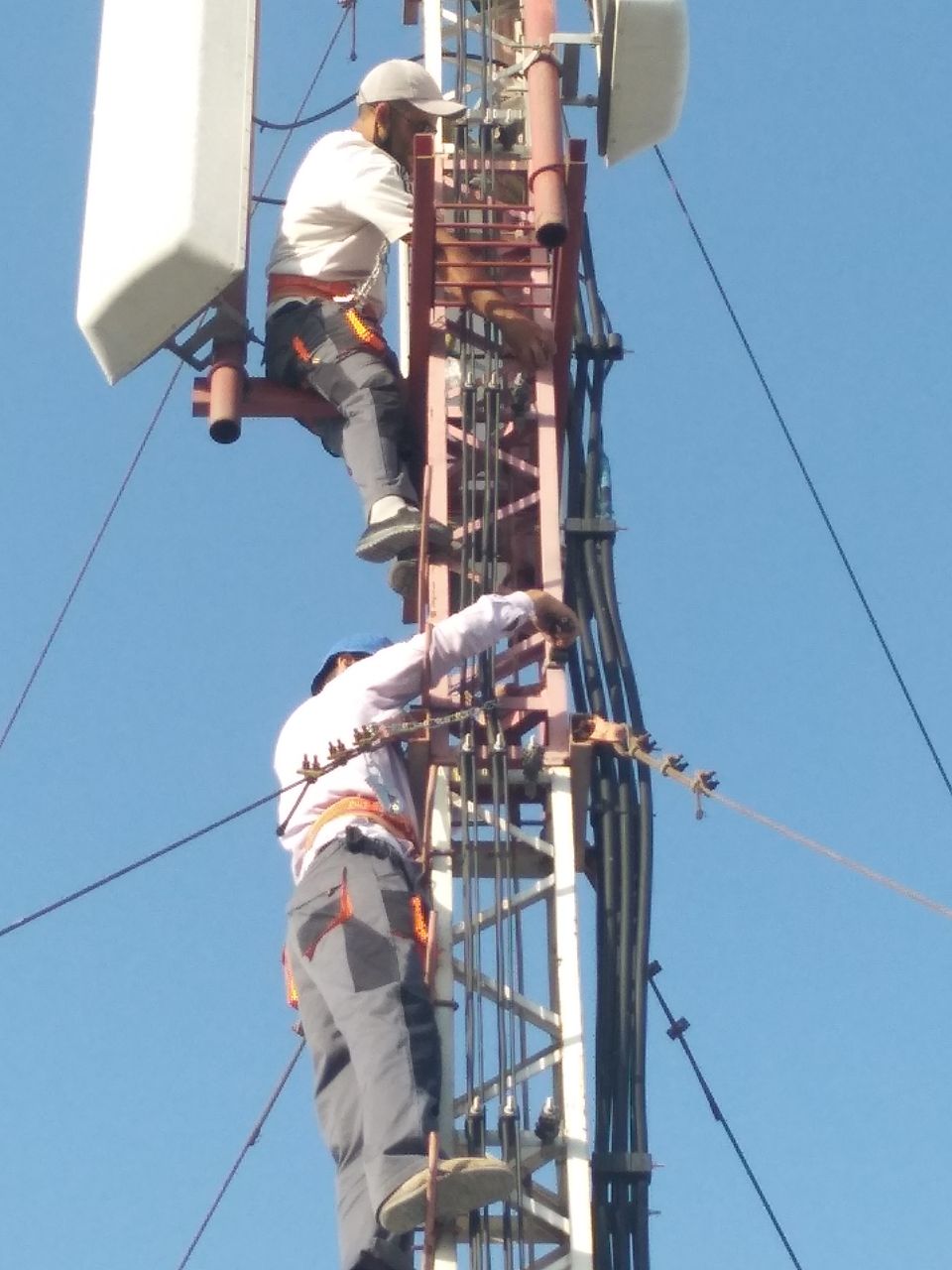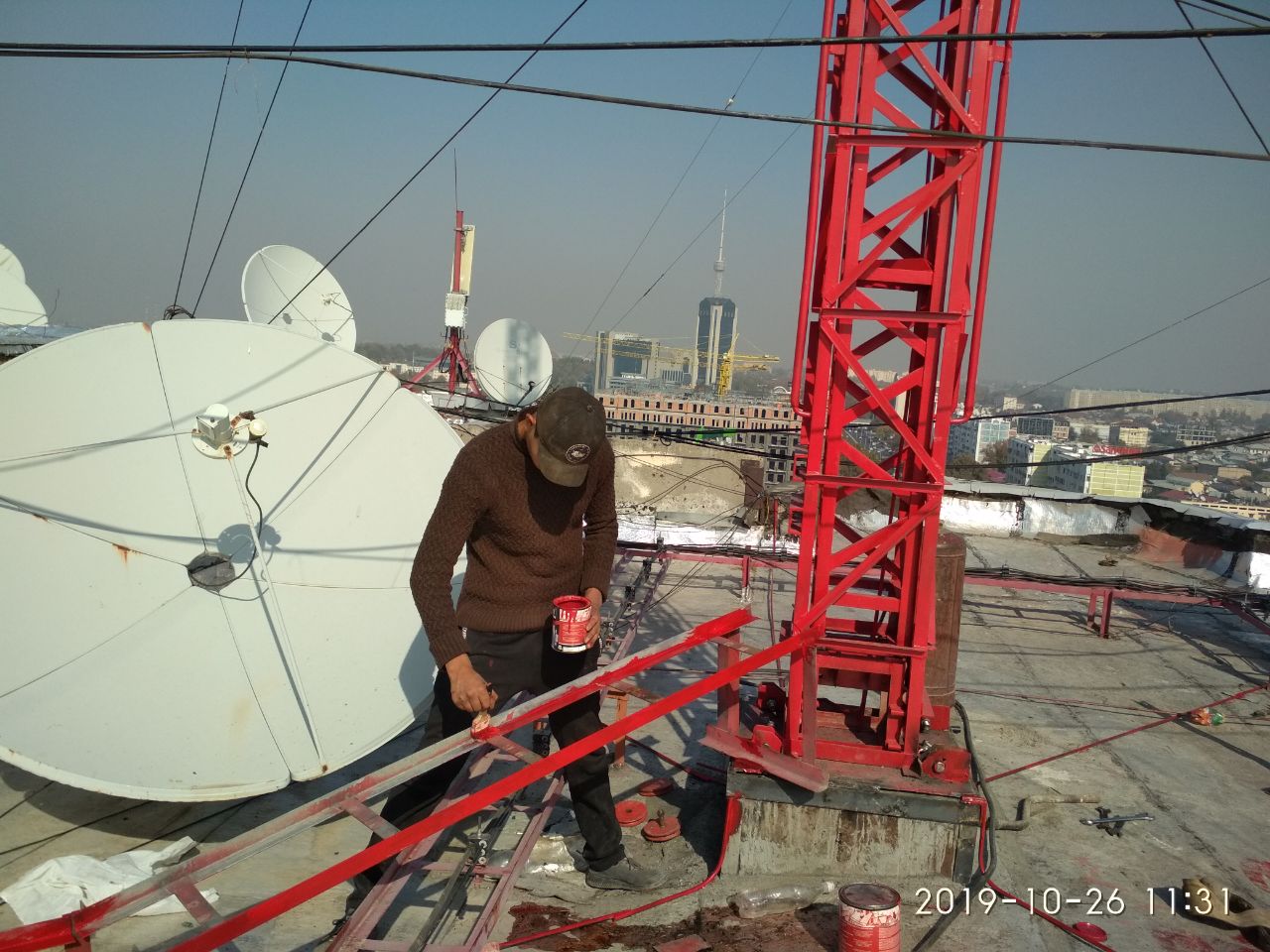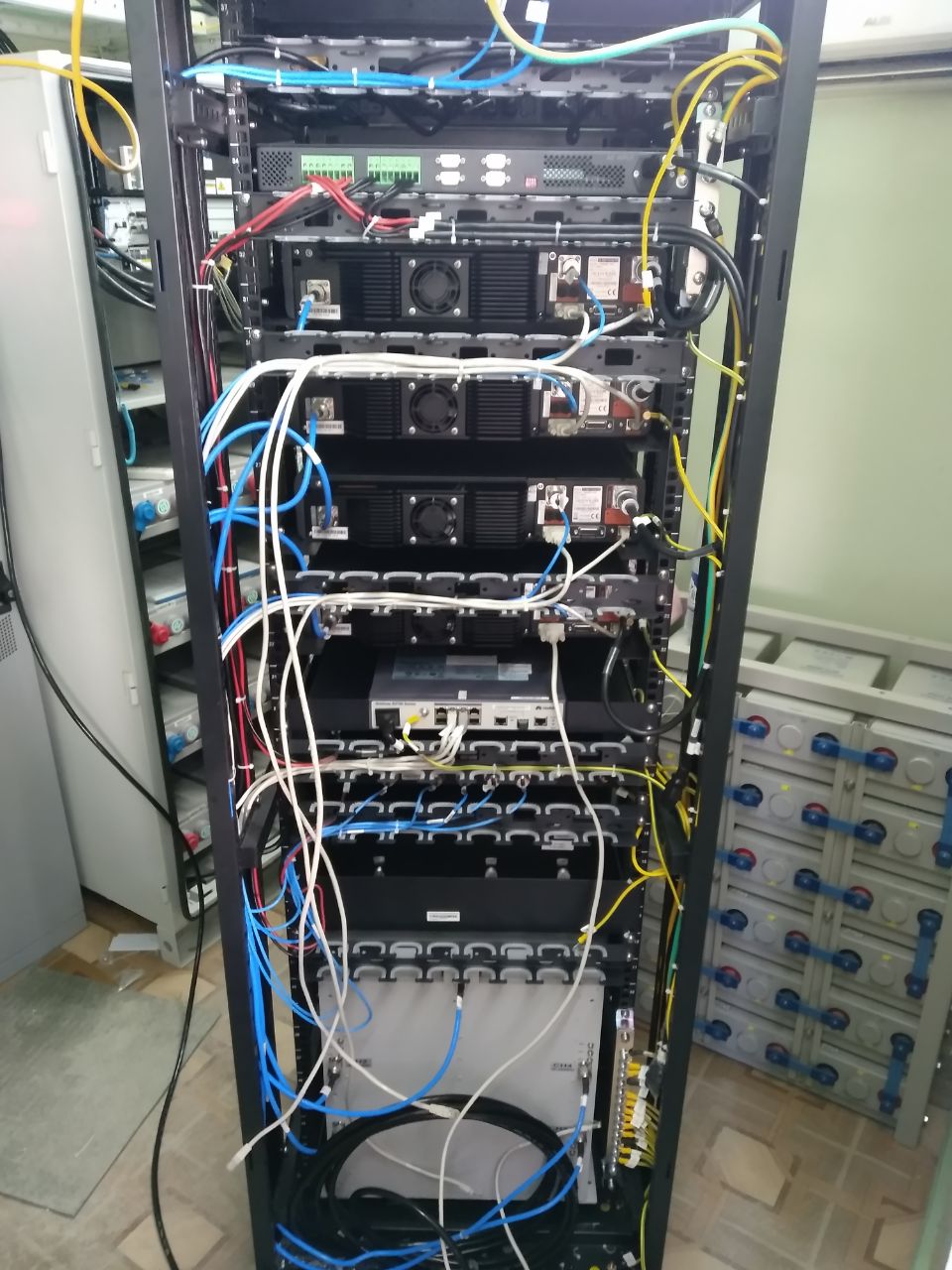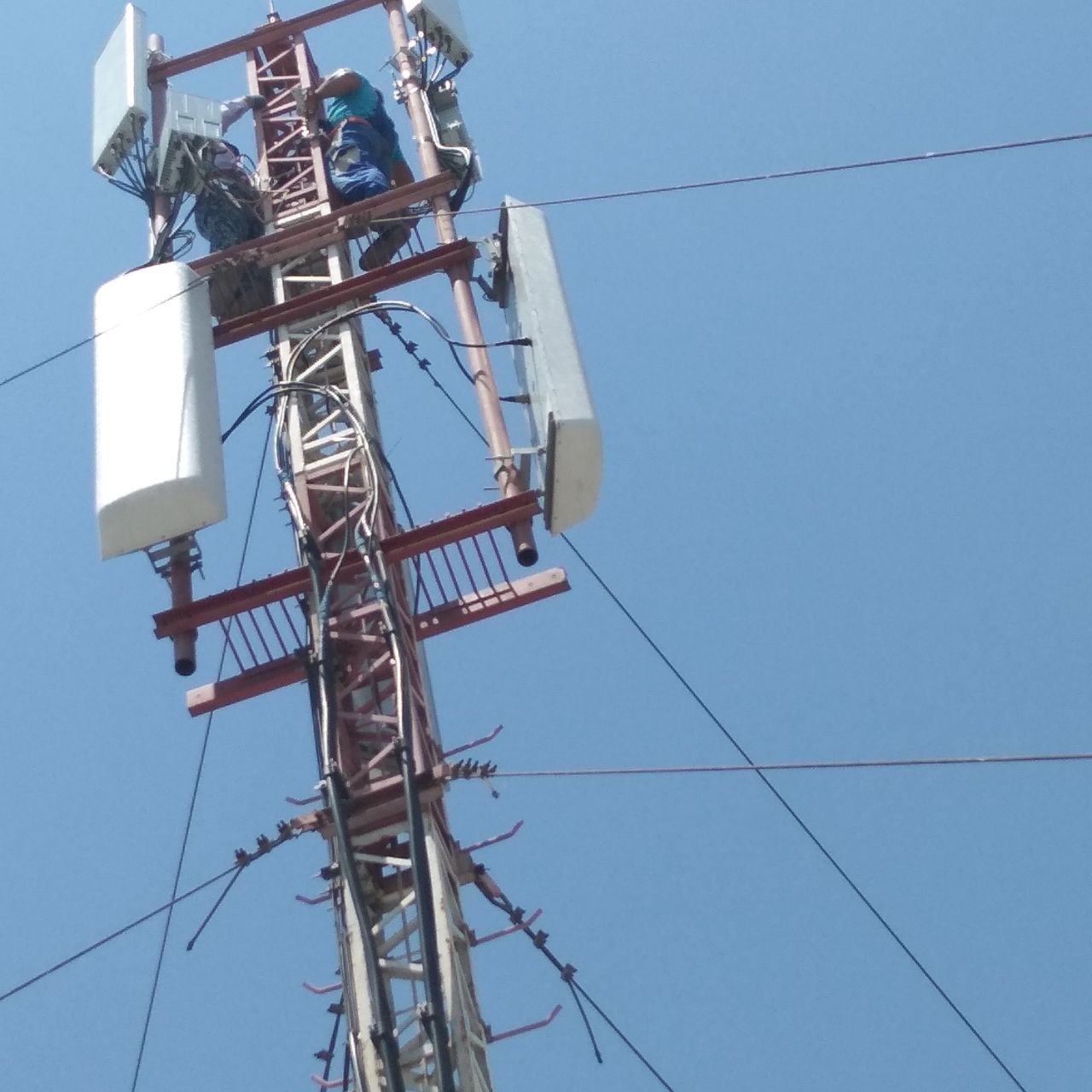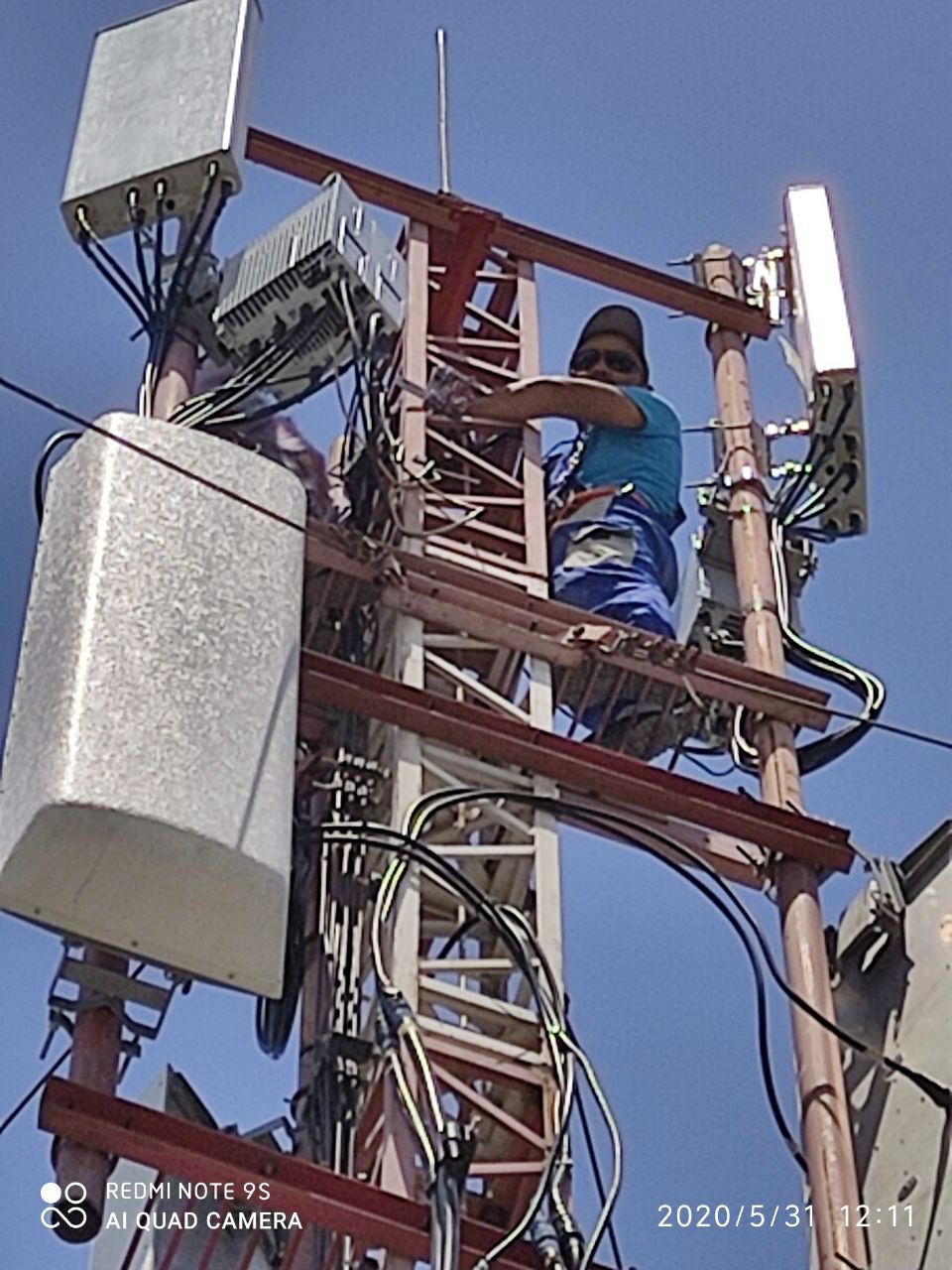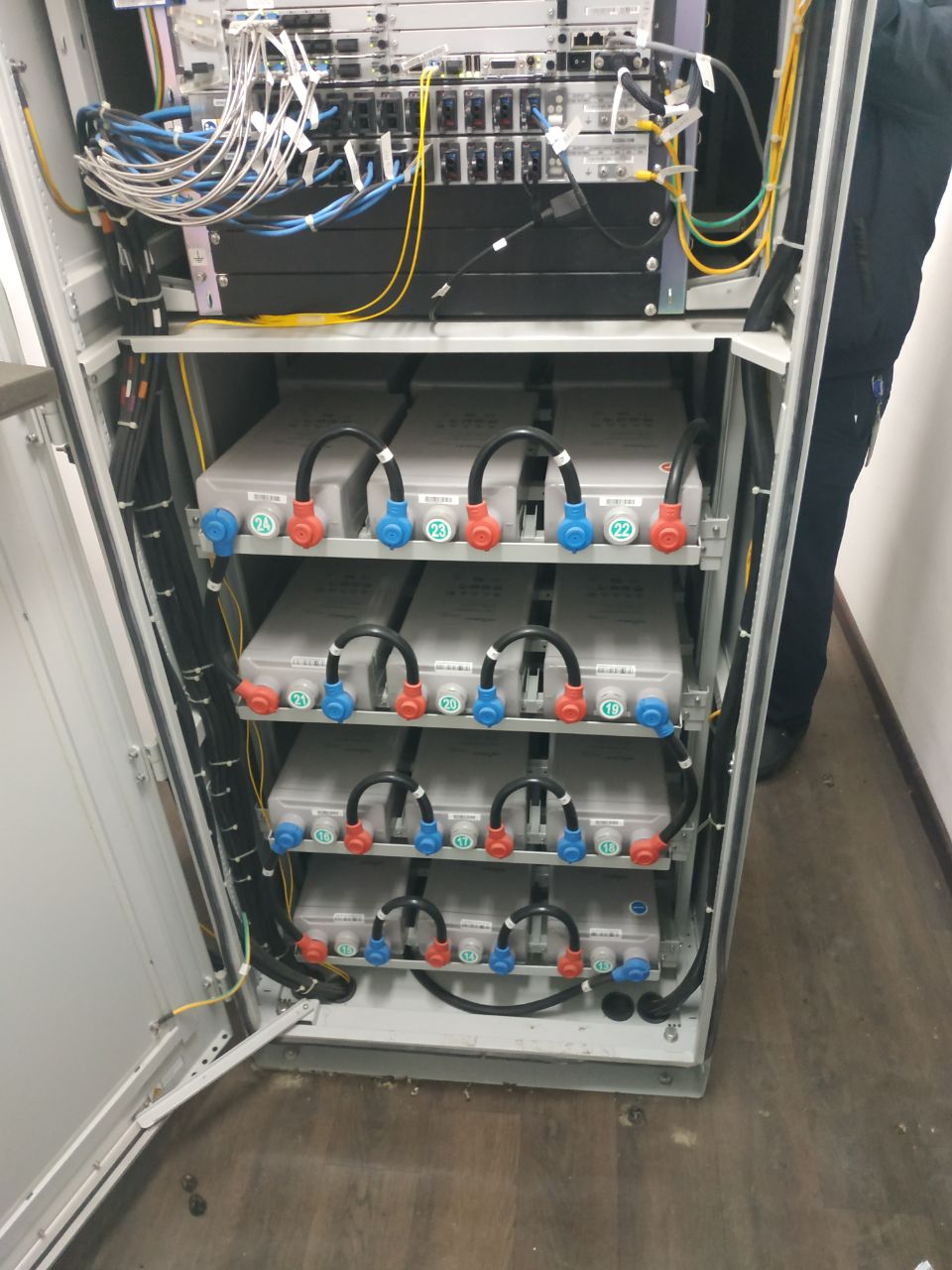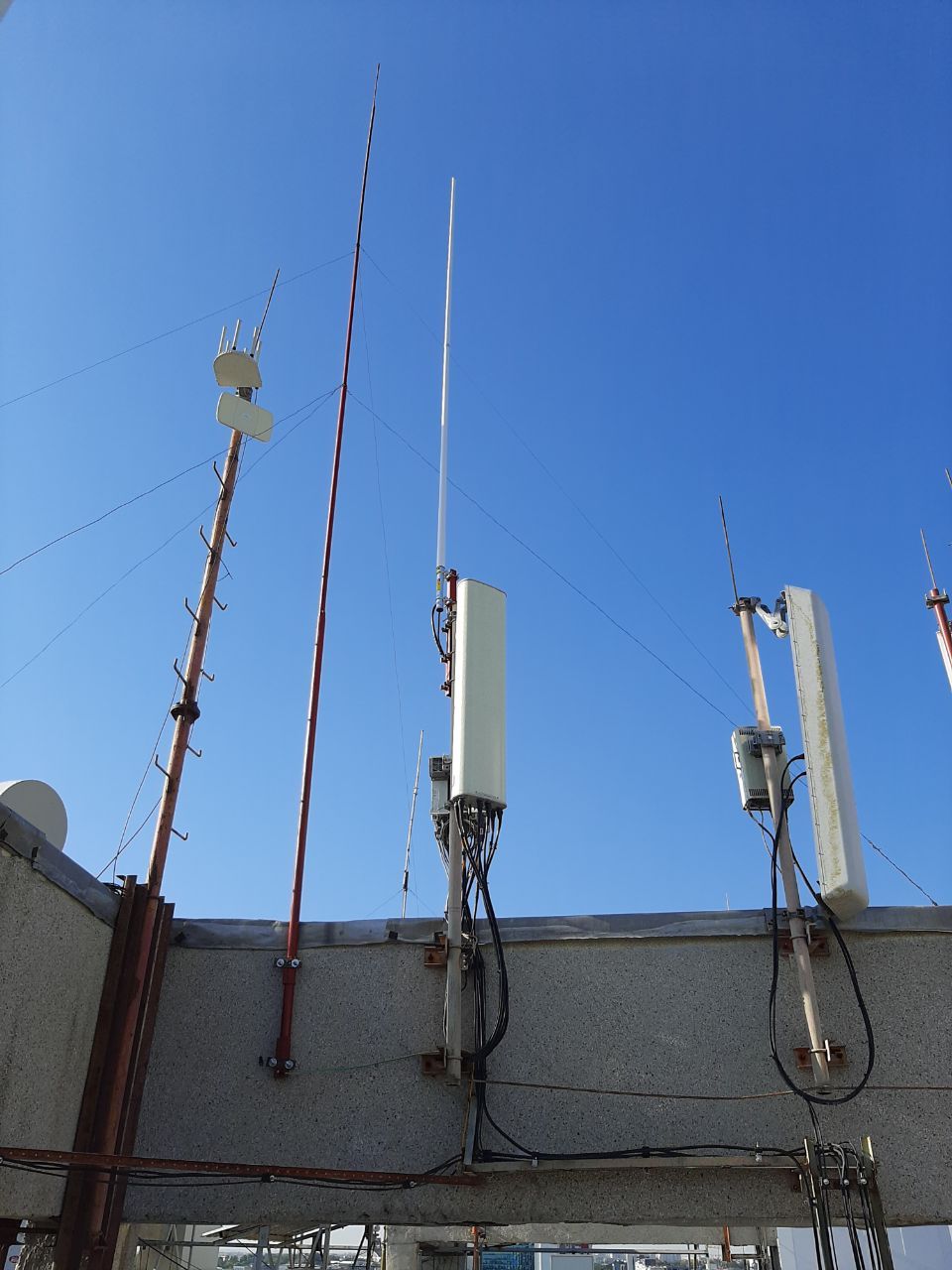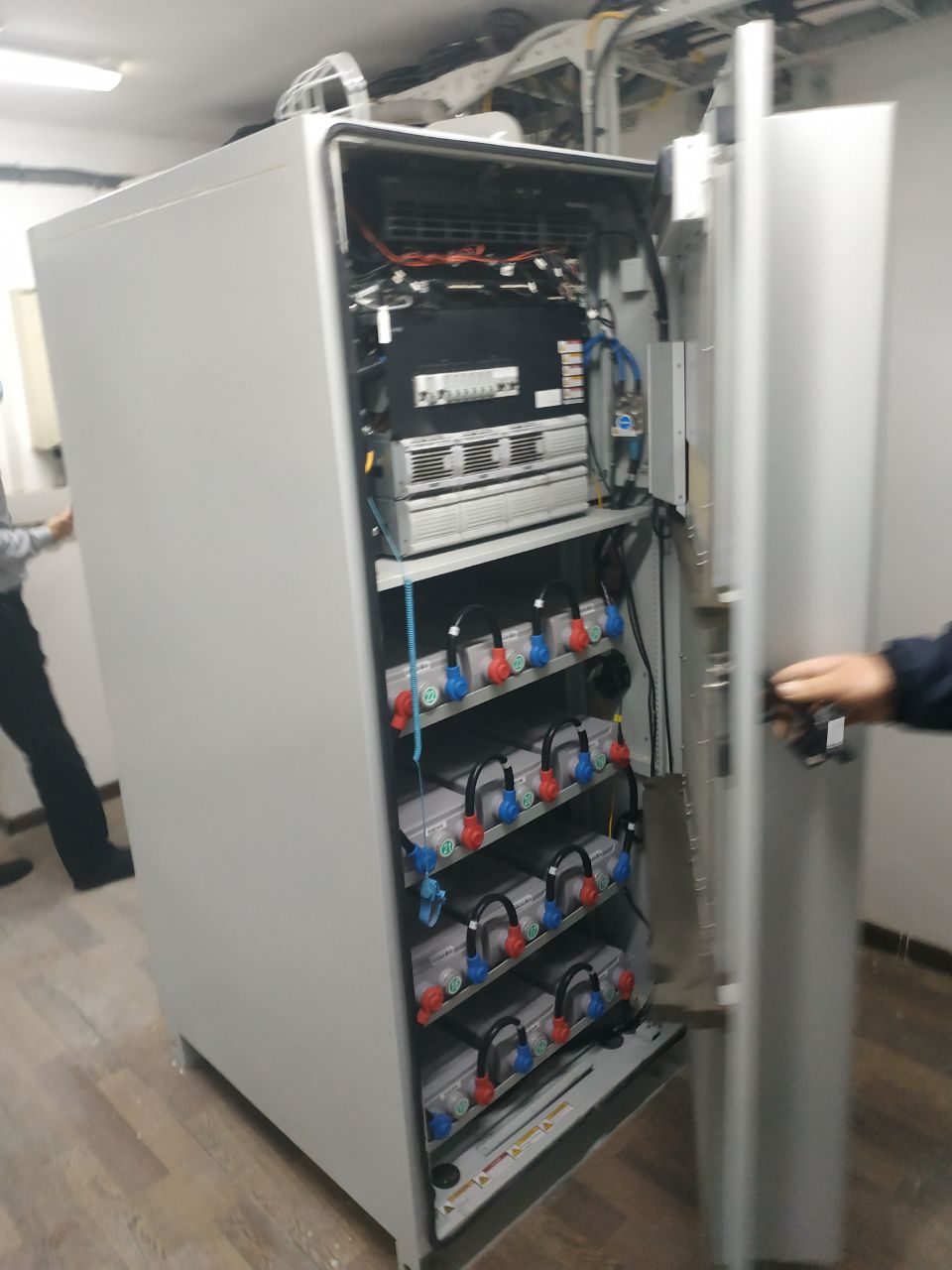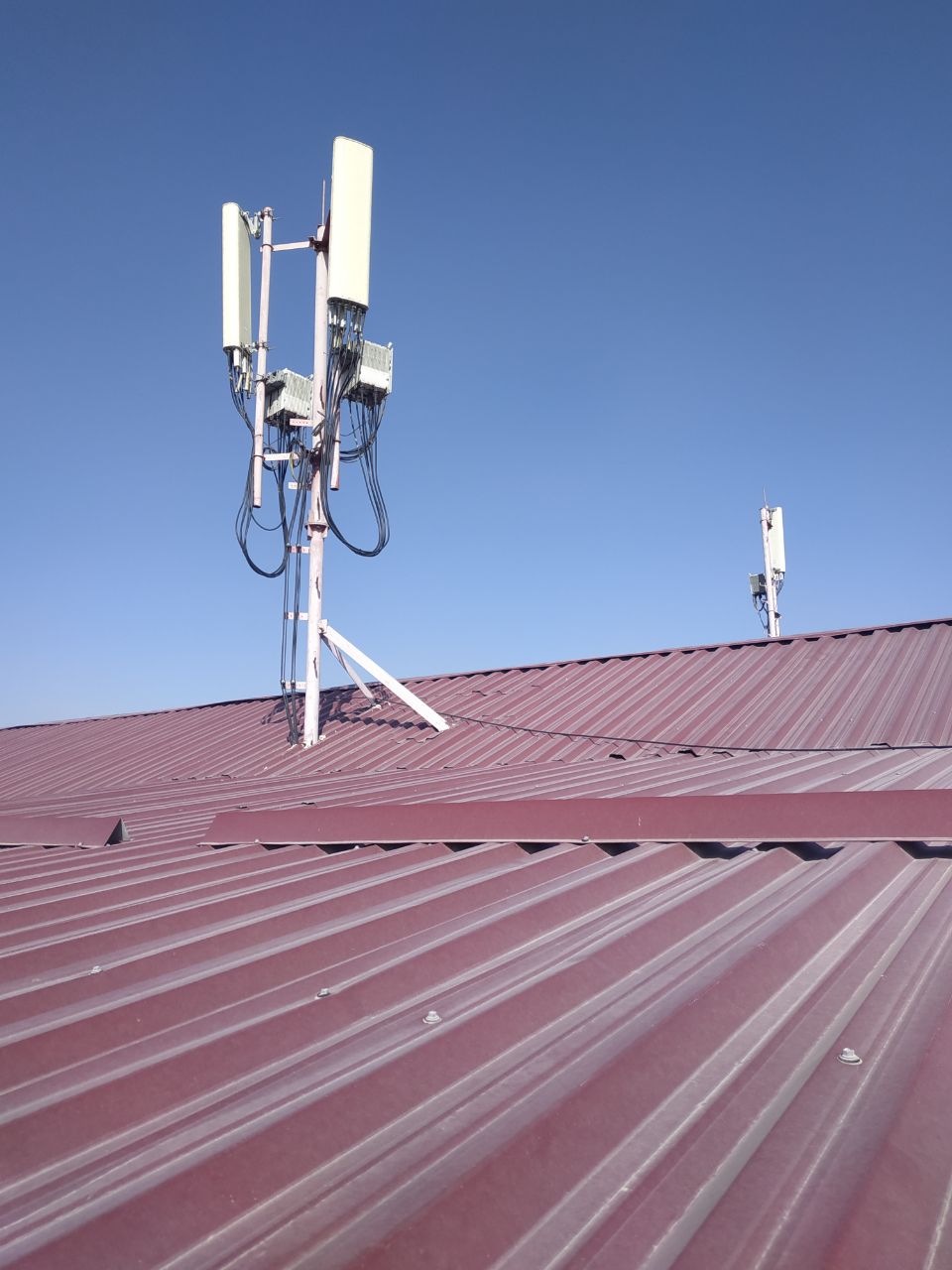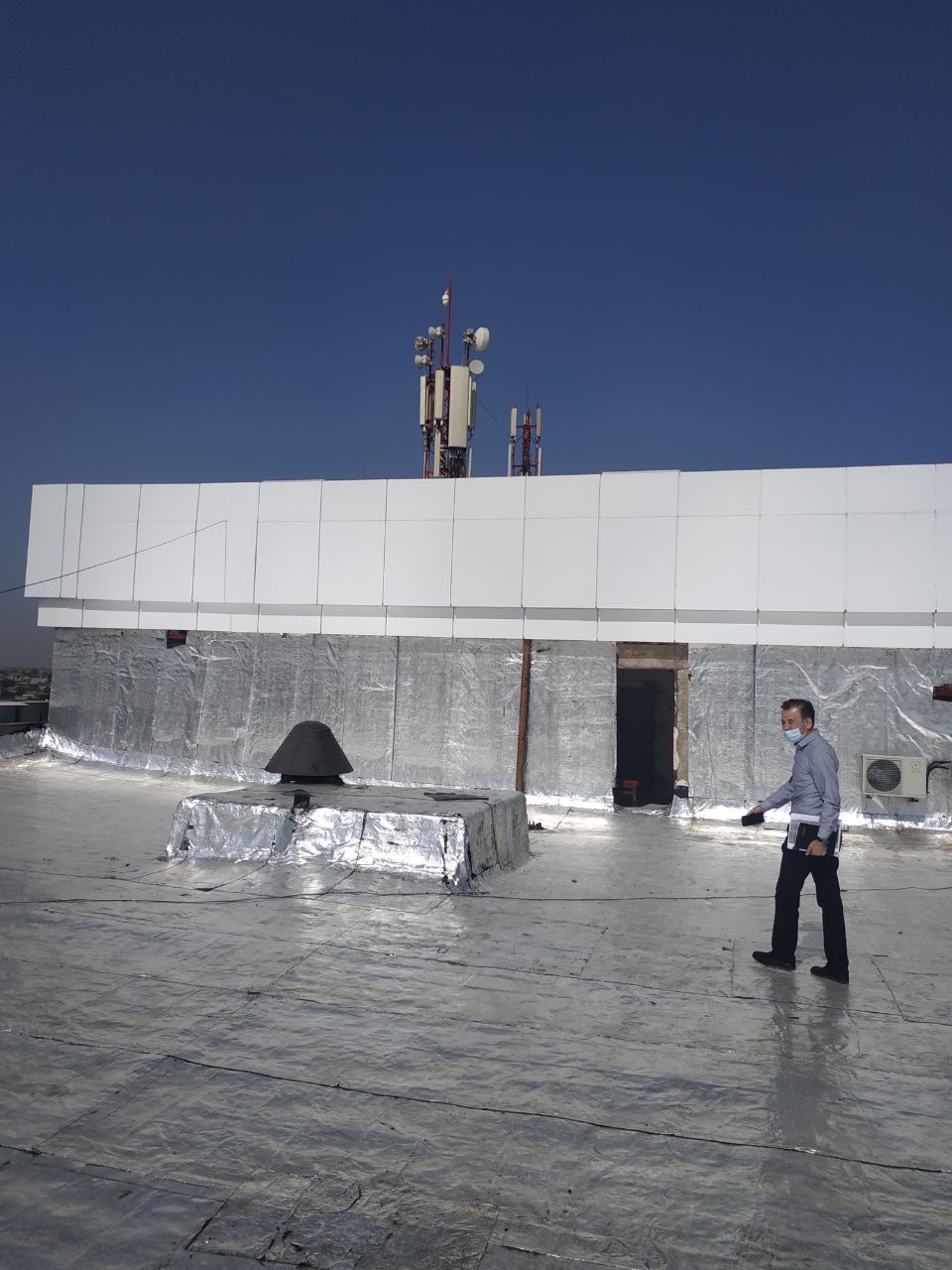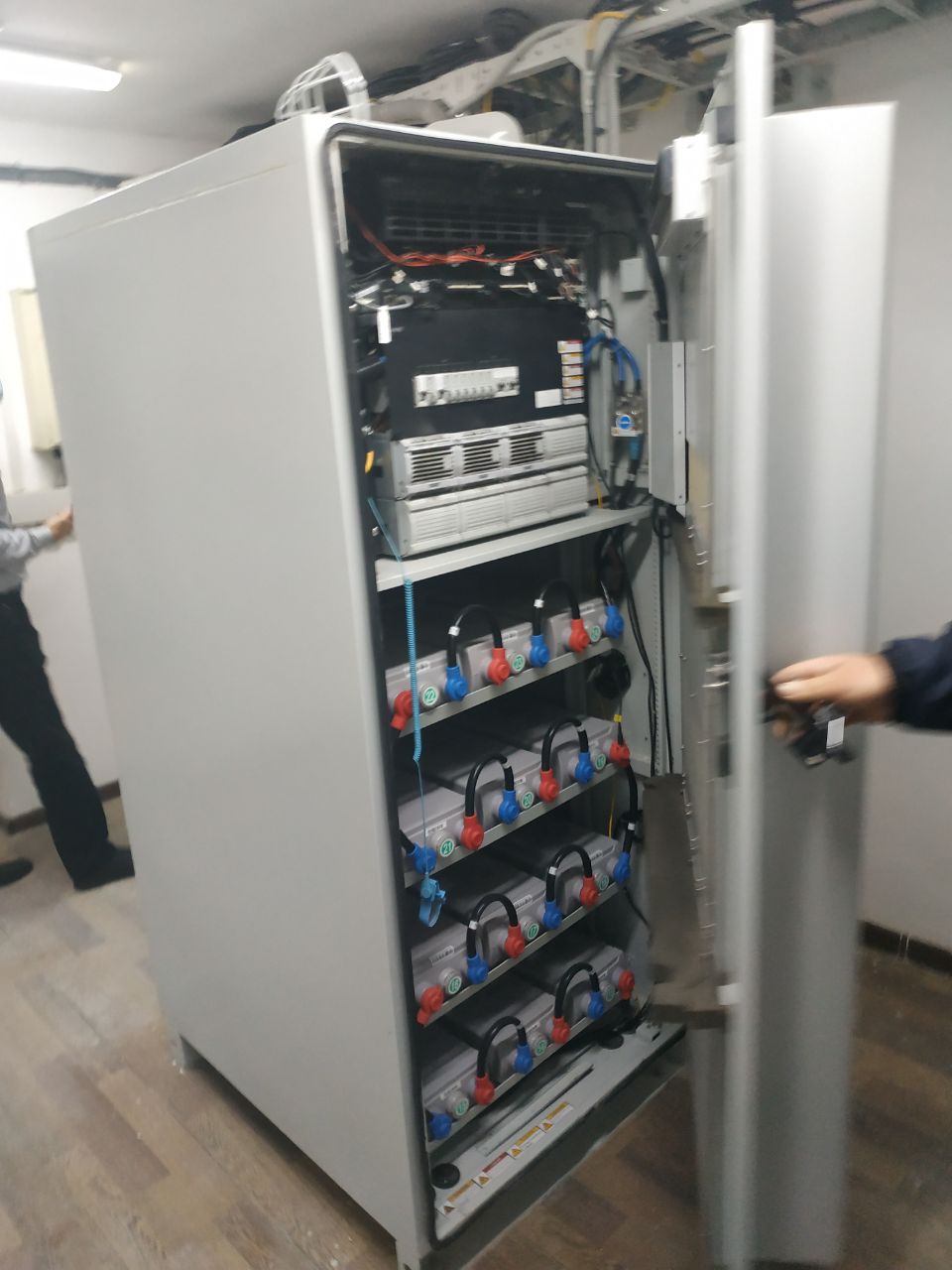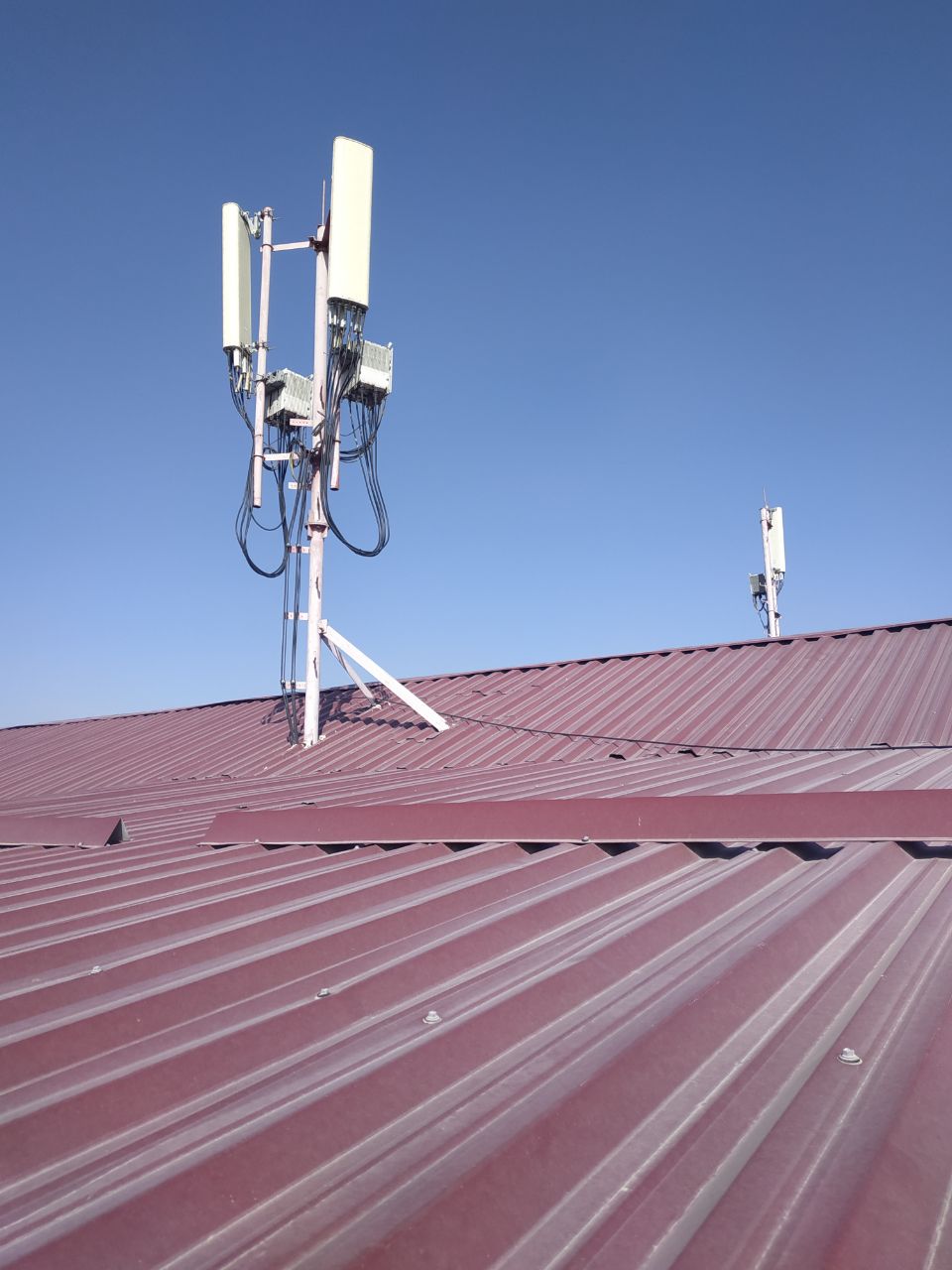Installation and commissioning of radio communication equipment in Tashkent
Home ➤ Projects ➤ Installation and commissioning of radio communication equipment in Tashkent
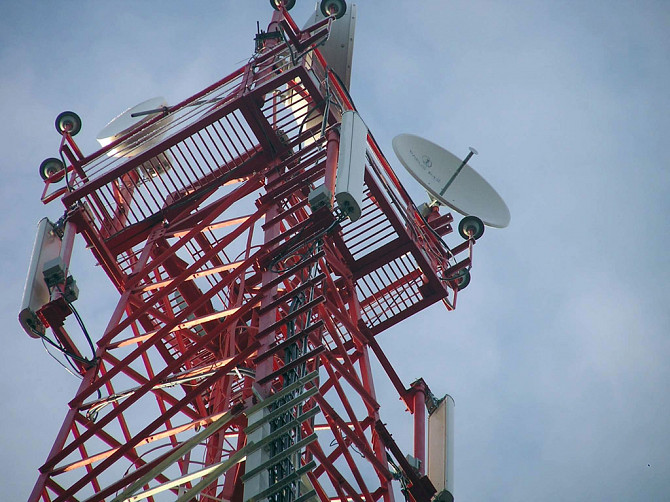
Digital Mobile Radio technology is an open European standard for digital radio communications, which appeared in 2005. The standard is divided into several levels:
- Tier I - low-power, license-free radios with a power of no more than 0.5 W for use in the 446 MHz band with a limited number of channels. Repeaters, telephone interfaces, and external or fixed antennas are not intended to be used. The main purpose of the equipment is personal use, recreation, small retail trade and other areas where a large radio coverage area and advanced functionality are not required.
- Tier II - professional conventional radio communication systems (repeaters, mobile and portable radios) operating in the licensed frequency ranges 66-960 MHz. Tier II is aimed at users who require maximum RF efficiency, enhanced voice capabilities and integrated data services over large areas. Tier II involves the use of 2-slot TDMA mode in one radio channel with a width of 12.5 kHz.
- Tier III - professional trunking radio communication systems operating in the licensed frequency ranges 66-960 MHz. Tier III also involves the use of 2-slot TDMA mode in a single 12.5 kHz radio channel. The system should support voice calls and short text messaging similar to MPT1327 systems. Packet data services in various formats must also be supported, including support for IPv4 and IPv6 protocols.
The standard contains four documents that are distributed freely and free of charge:
- TS 102 361-1: the DMR air interface protocol
- TS 102 361-2: the DMR voice and generic services and facilities
- TS 102 361-3: the DMR data protocol
- TS 102 361-4: the DMR Trunking protocol
In addition, there is a guide to designing radio networks:
From the very beginning, Motorola took an active part in the development of the standard. Thanks to continuous research and development in the field of mobile radio communications, Motorola holds a large number of patents. Some of these patents are an integral part of the DMR standard, and are used by all DMR equipment manufacturers.
Through the use of digital technology, the DMR standard is rapidly gaining popularity for a number of reasons, some of which are:
- ensuring protection of radio broadcasts from interception;
- organizing the transmission of text messages along with voice;
- increased speech intelligibility in the presence of strong ambient acoustic interference;
- increasing the life of continuous operation of rechargeable batteries.
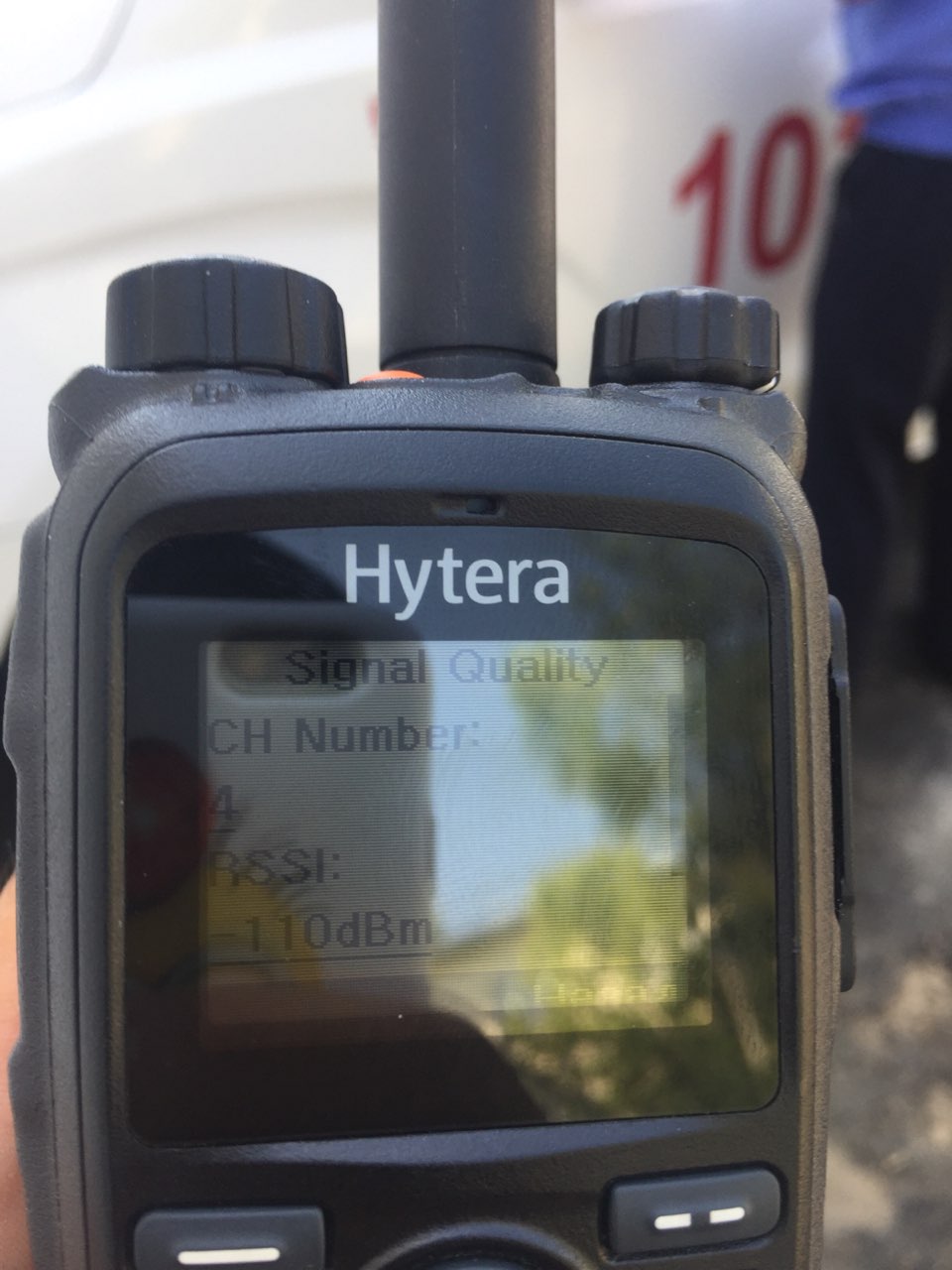
To summarize, the following advantages of DMR can be identified:
- Temporarily dividing the channel into two time slots leads to double saving of frequency resources and battery charge.
- Double cost savings, since the number of repeaters and connecting equipment is halved.
- Advanced technologies for voice processing and interference suppression.
- The ability to effectively encode and protect against unauthorized access to transmitted information.
- Improved communication quality throughout the entire coverage area.
- Great opportunities inherent in technology, potential for implementing non-standard solutions.
Installation and commissioning of radio communication equipment of DMR Tier III standard in Tashkent
